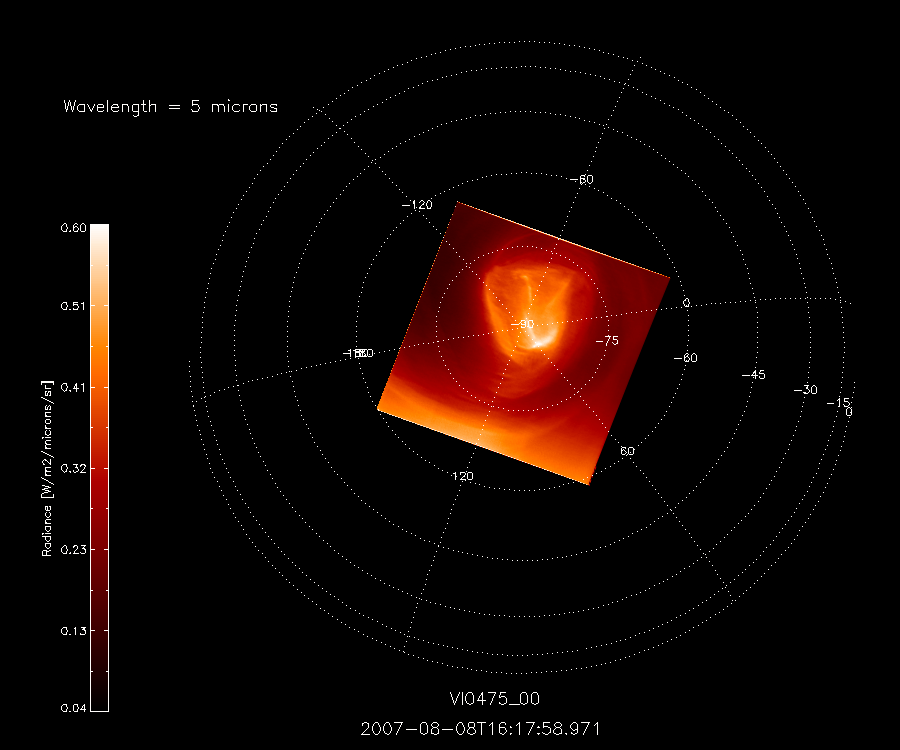Accept all cookies Accept only essential cookies See our Cookie Notice

About ESA
The European Space Agency (ESA) is Europe’s gateway to space. Its mission is to shape the development of Europe’s space capability and ensure that investment in space continues to deliver benefits to the citizens of Europe and the world.
Highlights
ESA - United space in Europe
This is ESA ESA facts Member States & Cooperating States Funding Director General Top management For Member State Delegations European vision European Space Policy ESA & EU Space Councils Responsibility & Sustainability Annual Report Calendar of meetings Corporate newsEstablishments & sites
ESA Headquarters ESA ESTEC ESA ESOC ESA ESRIN ESA EAC ESA ESAC Europe's Spaceport ESA ESEC ESA ECSAT Brussels Office Washington OfficeWorking with ESA
Business with ESA ESA Commercialisation Gateway Law at ESA Careers Cyber resilience at ESA IT at ESA Newsroom Partnerships Merchandising Licence Education Open Space Innovation Platform Integrity and Reporting Administrative Tribunal Health and SafetyMore about ESA
History ESA Historical Archives Exhibitions Publications Art & Culture ESA Merchandise Kids Diversity ESA Brand Centre ESA ChampionsLatest
Space in Member States
Find out more about space activities in our 23 Member States, and understand how ESA works together with their national agencies, institutions and organisations.
Science & Exploration
Exploring our Solar System and unlocking the secrets of the Universe
Go to topicAstronauts
Missions
Juice Euclid Webb Solar Orbiter BepiColombo Gaia ExoMars Cheops Exoplanet missions More missionsActivities
International Space Station Orion service module Gateway Concordia Caves & Pangaea BenefitsLatest
Space Safety
Protecting life and infrastructure on Earth and in orbit
Go to topicAsteroids
Asteroids and Planetary Defence Asteroid danger explained Flyeye telescope: asteroid detection Hera mission: asteroid deflection Near-Earth Object Coordination CentreSpace junk
About space debris Space debris by the numbers Space Environment Report In space refuelling, refurbishing and removingSafety from space
Clean Space ecodesign Zero Debris Technologies Space for Earth Supporting Sustainable DevelopmentApplications
Using space to benefit citizens and meet future challenges on Earth
Go to topicObserving the Earth
Observing the Earth Future EO Copernicus Meteorology Space for our climate Satellite missionsCommercialisation
ESA Commercialisation Gateway Open Space Innovation Platform Business Incubation ESA Space SolutionsLatest
Enabling & Support
Making space accessible and developing the technologies for the future
Go to topicBuilding missions
Space Engineering and Technology Test centre Laboratories Concurrent Design Facility Preparing for the future Shaping the Future Discovery and Preparation Advanced Concepts TeamSpace transportation
Space Transportation Ariane Vega Space Rider Future space transportation Boost! Europe's Spaceport Launches from Europe's Spaceport from 2012Latest

Temperature map of the south polar vortex
Thank you for liking
You have already liked this page, you can only like it once!
This temperature map of the south polar vortex was made with data from the Visible and Infrared Thermal Imaging Spectrometer (VIRTIS) on board ESA’s Venus Express.
The image, taken on both night and day sides, shows the colour-coded brightness temperature (in Kelvin) of the dipole and of the cold-collar region at 5.05 micrometres.
The level curves in the image are the real atmospheric temperatures retrieved from VIRTIS from the atmospheric layer at about 60-km altitude.
The warmer region corresponds to the ellipse containing the dipole where the highest temperature (250K) is observed in the centre of rotation of the dipole itself, on the left side. The coldest region of the polar collar with temperatures of about 210K is registered on the right side, at the morning
terminator.
The right graph shows the vertical atmospheric temperature profile in two different regions. The green curve corresponds to the green spot on the left image, inside the polar collar region. The red curve corresponds to the red spot inside the dipole.
At this altitude the temperature of the polar region is the highest on the whole planet. Also, the most prominent turbulence is observed here.
This image, taken at around midnight local time, at 1.7-micrometres, reveals what is present at an altitude of 45-50 km in the south polar region. It is possible to see that the cloud curtain is very thick and opaque.
The imaged area is located between 40º south (bottom of the image) and 80º south (top) image top.
-
CREDIT
ESA/VIRTIS-VenusX/INAF-IASF/Obs. de Paris-LESIA (G.Piccioni, IASF-INAF) -
LICENCE
ESA Standard Licence

Venus's polar vortex

Terrific south polar vortex

South polar dipole movie – different view

South polar dipole video















 Germany
Germany
 Austria
Austria
 Belgium
Belgium
 Denmark
Denmark
 Spain
Spain
 Estonia
Estonia
 Finland
Finland
 France
France
 Greece
Greece
 Hungary
Hungary
 Ireland
Ireland
 Italy
Italy
 Luxembourg
Luxembourg
 Norway
Norway
 The Netherlands
The Netherlands
 Poland
Poland
 Portugal
Portugal
 Czechia
Czechia
 Romania
Romania
 United Kingdom
United Kingdom
 Slovenia
Slovenia
 Sweden
Sweden
 Switzerland
Switzerland
























